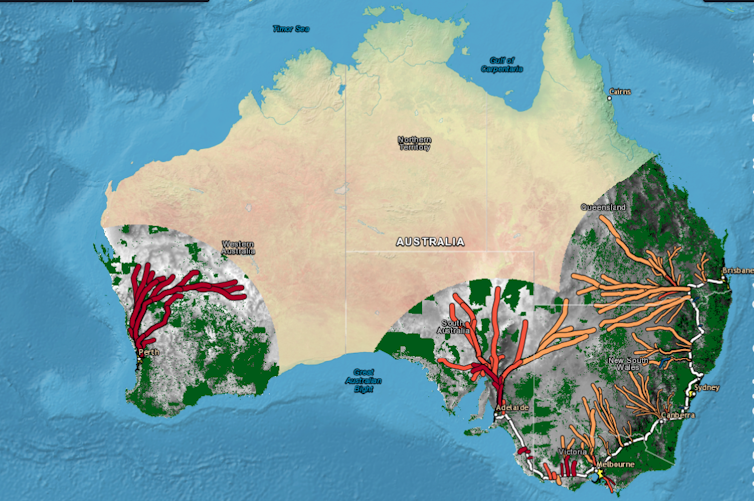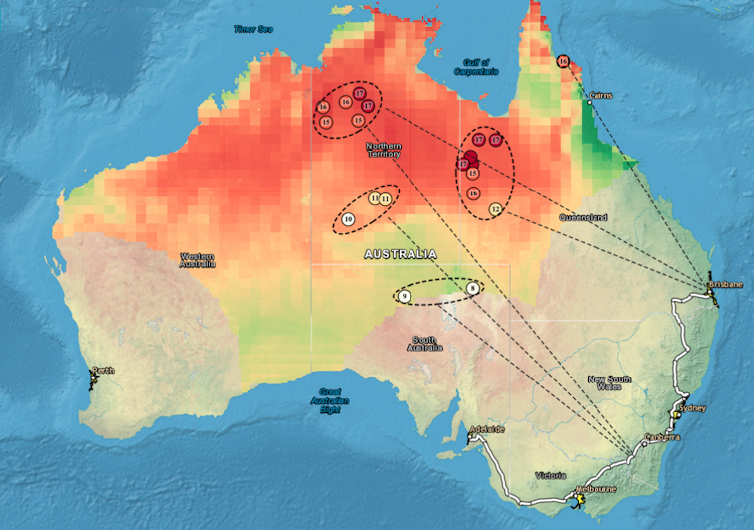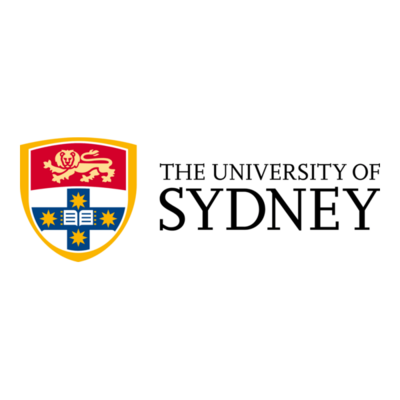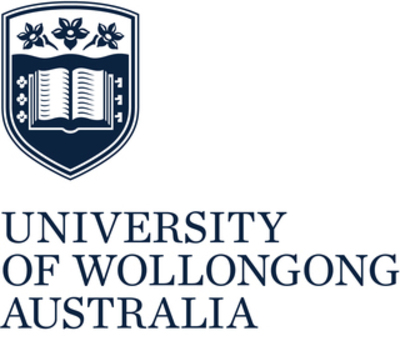- Home
Edition
Africa Australia Brasil Canada Canada (français) España Europe France Global Indonesia New Zealand United Kingdom United States Edition:
Global
Edition:
Global
- Africa
- Australia
- Brasil
- Canada
- Canada (français)
- España
- Europe
- France
- Indonesia
- New Zealand
- United Kingdom
- United States
 Academic rigour, journalistic flair
Academic rigour, journalistic flair
 Dave Hunt/AAP
New transmission towers are crucial for renewables – but contentious. Here’s where they should go
Published: November 24, 2025 11.40pm GMT
Cheng Cheng, Australian National University
Dave Hunt/AAP
New transmission towers are crucial for renewables – but contentious. Here’s where they should go
Published: November 24, 2025 11.40pm GMT
Cheng Cheng, Australian National University
Author
-
 Cheng Cheng
Cheng Cheng
Senior Research Officer, School of Engineering, Australian National University
Disclosure statement
Cheng Cheng receives funding from CWP Renewables Pty Ltd (later acquired by Squadron Energy) through the Innovation Connections Grant. Neither Squadron nor CWP Renewables was involved in designing the methodology or conducting the research, and the research provides no direct benefit to the funder. All data is publicly available.
Partners
Australian National University provides funding as a member of The Conversation AU.
View all partners
DOI
https://doi.org/10.64628/AA.xe4cftxmy
https://theconversation.com/new-transmission-towers-are-crucial-for-renewables-but-contentious-heres-where-they-should-go-267867 https://theconversation.com/new-transmission-towers-are-crucial-for-renewables-but-contentious-heres-where-they-should-go-267867 Link copied Share articleShare article
Copy link Email Bluesky Facebook WhatsApp Messenger LinkedIn X (Twitter)Print article
Solar and wind now provide 99% of new generating capacity in Australia. Renewables supply more than 40% of power to the main grid.
Australia will need six times as much solar and wind to reach net zero through the electrification of everything.
This means building new transmission corridors, as existing lines were built to connect cities with coal power stations. But the best solar and wind resources lie in different places.
Many new solar and wind projects are already struggling to secure access to the grid. Australia’s grid operator has laid out a plan to build 10,000 kilometres of new transmission lines. But these new projects are proving difficult to build amid cost blowouts and protests. Some communities are pushing back against new powerlines, despite landowner compensation of up to A$200,000 per km.
If new transmission lines are needed and building them is hard, it makes sense to prioritise. In our recent research, we answer two important questions: which new corridors unlock the most new wind and solar? And could high-voltage direct current lines bring far-flung northern renewable resources to southern population centres?
Optimising new transmission corridors?
Most of Australia’s transmission lines are high-voltage alternating current (HVAC). These work well to move power across distances of less than 1,000km, but lose too much power over longer distances (around 7% per 1,000km).
Then there’s high-voltage direct current (HVDC), which moves large amounts of power with much lower losses over distances up to 3,000km or underwater. It’s less common in Australia. The main existing HVDC line is Basslink, an undersea cable between Victoria and Tasmania.
Both types of transmission could have a role in Australia’s future grid.
High-voltage alternating current
To compare hundreds of possible new HVAC lines, we used three metrics:
- New solar and wind potential unlocked per dollar of new transmission cost
- Newly unlocked solar and wind complement each other to reduce the need for energy storage
- Avoiding towns, cities, native forests and national parks.
High-voltage direct current
To assess direct current, we modelled which corridors would unlock most resources at least cost and supply power when most needed for both Australia’s main grid, the National Electricity Market, and Western Australia’s largest grid, the South-West Interconnected System.
Our model took solar, wind, storage and interconnector capacities into account with a goal of reducing the average cost of electricity across the system, while including distance-related costs and losses for each possible corridor.
HVAC corridors: cutting costs, not forests
We found 147 possible high-scoring HVAC corridors connecting to major cities or existing interconnectors and tapping areas with good renewable potential.
 A map of the best new options for HVAC transmission lines in Australia. Line colour shows how much new solar and wind each corridor unlocks per dollar, where red is best). Thicker lines means renewable resources line up better with times of peak electricity demand.
Cheng Cheng/Australian National University, CC BY-NC-ND
A map of the best new options for HVAC transmission lines in Australia. Line colour shows how much new solar and wind each corridor unlocks per dollar, where red is best). Thicker lines means renewable resources line up better with times of peak electricity demand.
Cheng Cheng/Australian National University, CC BY-NC-ND
Where are the best options? As our interactive map shows, South Australia and Western Australia have standout options to link great renewable resources across cleared land to cities. New South Wales, Victoria and Queensland also have good options.
In Queensland, plans to build windfarms on wooded ridges north of Brisbane have run into controversy. The best transmission line options avoid this issue by running west into inland Queensland.
HVDC: northern solar and wind – delivered in winter?
To date, no long-distance (longer than 800km) high-voltage direct current lines have been built in Australia. Overseas, they are proving transformative. China’s extremely rapid shift to electrification relies on thousands of kilometres of these lines.
Every winter, wind speeds tend to drop in Australia’s population centres in the southeast while solar output is low. But inland northern regions are usually sunny and windy at this time. A long-distance HVDC line could unlock these resources by connecting renewables near Perth or Darwin to Melbourne or Sydney.
After modelling 98 routes, we shortlisted 20 possibilities. Each of these would have a significant effect on power prices, reducing wholesale electricity costs between 8% and 18%.
The strongest performers would connect renewable resources around Mount Isa in Queensland or the Northern Territory’s Alice Springs or Victoria Daly regions to the main grid at Brisbane or the key Melbourne-Sydney interconnector near Wagga Wagga. By contrast, WA would see little benefit from high-voltage lines at today’s demand levels.
 Our modelling found 20 potential HVDC corridors linking top solar and wind farm locations (numbered circles) to the southeast. Background colours show the quality of winter renewable resources (redder is better).
Cheng Cheng/Australian National University, CC BY-NC-ND
Our modelling found 20 potential HVDC corridors linking top solar and wind farm locations (numbered circles) to the southeast. Background colours show the quality of winter renewable resources (redder is better).
Cheng Cheng/Australian National University, CC BY-NC-ND
Very large energy storage schemes built close enough to cities such as Snowy 2.0 could partly replace the need for long distance HVDC lines by covering seasonal gaps locally.
Our modelling poses questions for efforts to transmit power from solar farms near Tennant Creek to Singapore through a 4,600km undersea cable. Would it be better to transmit the power 2,000km southeast instead?
What does this mean for communities?
Community buy-in is essential for big projects. Locals need to see direct benefits.
To quantify these benefits, we modelled which tangible outcomes would come from newly unlocked renewables across every local government area. These include expected annual power generation, associated investment and jobs, and income from leasing land.
These benefits can be compared on our interactive maps – one focused on high solar and another with wind dominating.
For instance, a potential HVDC line west of Brisbane line would shift opportunity inland, bringing large gains to towns such as Blackall, Tambo, Barcaldine, Murweh and Maranoa.
Which way forward?
When transmission projects bog down, so does the push to get to net zero. As state and federal governments struggle to build the new transmission lines needed to unlock more renewables, our research may be useful as a complement to the grid operator’s big-picture plan. Focusing on building priority corridors will help meet new demand.
Policymakers may also look to pair new transmission with potential pumped-hydro schemes close by, as these stores of energy help balance variable renewable generation and maximise the use of transmission lines.
- Climate change
- Renewable energy
- Energy
- Clean energy
- Environment
- Transmission lines
- high voltage transmission lines
Events
Jobs
-
 Analyst, Student Information and Regulatory Reporting
Analyst, Student Information and Regulatory Reporting
-
 Lecturer in Paramedicine
Lecturer in Paramedicine
-
 Associate Lecturer, Social Work
Associate Lecturer, Social Work
-
 Lecturer, Communication Design
Lecturer, Communication Design
-
 Leading Research Centre Coordinator
Leading Research Centre Coordinator
- Editorial Policies
- Community standards
- Republishing guidelines
- Analytics
- Our feeds
- Get newsletter
- Who we are
- Our charter
- Our team
- Partners and funders
- Resource for media
- Contact us
-
-
-
-
Copyright © 2010–2025, The Conversation
 Analyst, Student Information and Regulatory Reporting
Analyst, Student Information and Regulatory Reporting
 Lecturer in Paramedicine
Lecturer in Paramedicine
 Associate Lecturer, Social Work
Associate Lecturer, Social Work
 Lecturer, Communication Design
Lecturer, Communication Design
 Leading Research Centre Coordinator
Leading Research Centre Coordinator


.jpg?width=1200&auto=webp&trim=0%2C0%2C0%2C0)